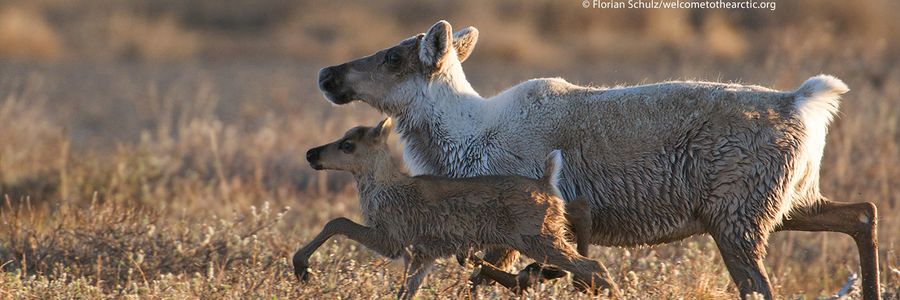Arctic National Wildlife Refuge
| KEY FACTS |
|
The Arctic National Wildlife Refuge is one of the most iconic and pristine landscapes in America. The 19.6 million-acre Refuge is a spectacular wilderness of boreal forests, rugged mountains, sweeping tundra vistas, wild rivers, coastal lagoons and barrier islands. The Refuge’s 1.5 million-acre Coastal Plain – its biological heart – is home to more than 250 species including polar and brown bears, musk oxen, and birds that migrate from all 50 states and 6 continents each year. The Porcupine Caribou Herd, a primary subsistence food source for the indigenous Gwich’in people, migrates hundreds of miles each year to the Coastal Plain to give birth. Because of this, the Gwich’in refer to the Coastal Plain as “The Sacred Place Where Life Begins.”
Recent Legislative Activity
- H.R. 5911, Arctic Cultural & Coastal Plain Protection Act
- the bill to repeal the provision of the tax bill (H.R. 1) that mandates drilling in the Arctic Refuge and returns to status quo of no drilling
- H.R. 1, Tax Cuts & Jobs Act –
- the overhaul of the American tax code came with a provision that mandated leasing in the coastal plain of the Arctic Refuge
- H.R. 1889/S.890, Udall-Eisenhower Arctic Wilderness Act
- landmark legislation that would designate the coastal plain as protected wilderness
